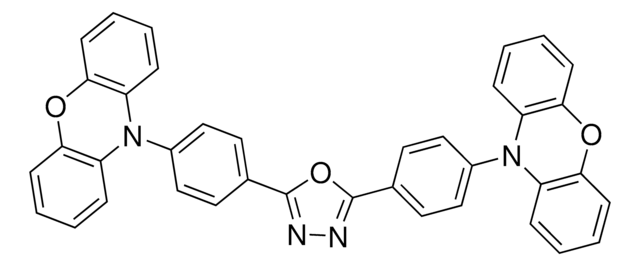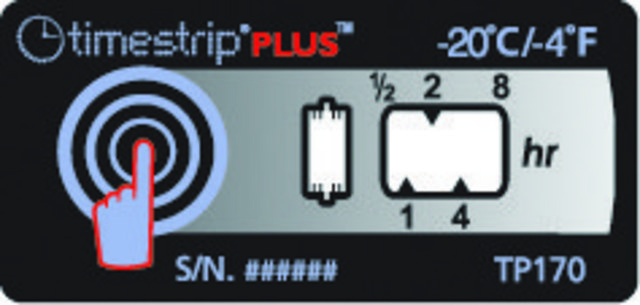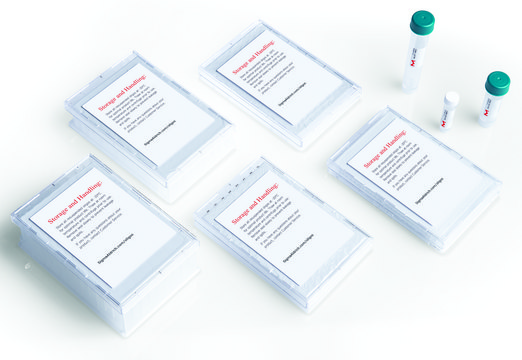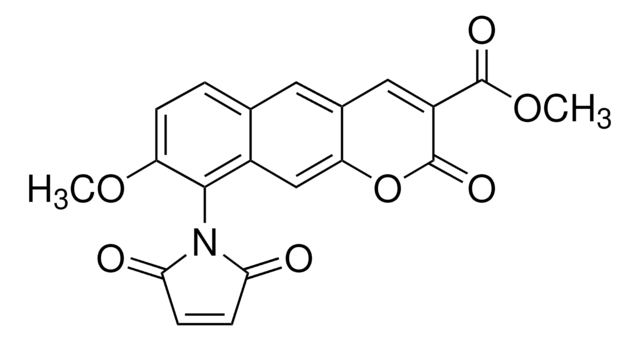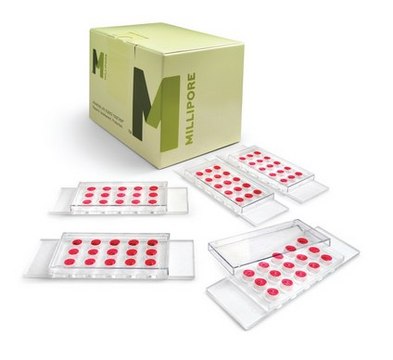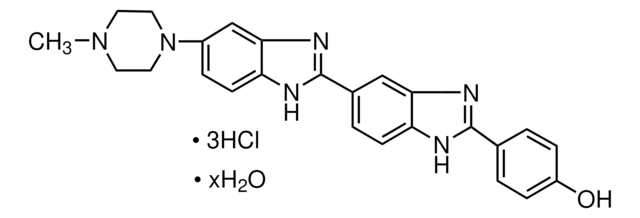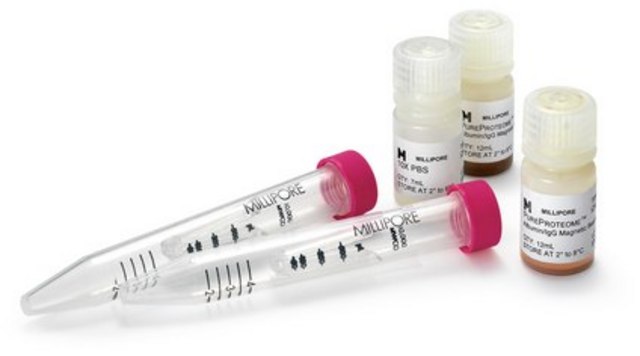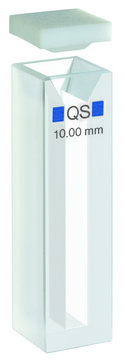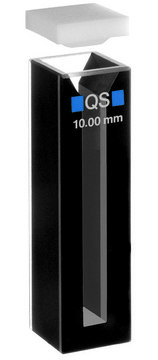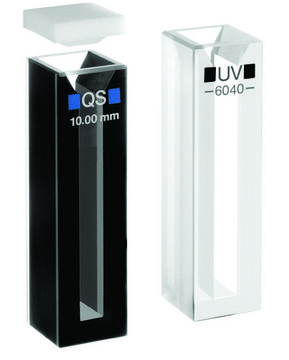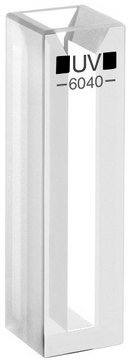Key Documents
Safety Information
DNAQF
DNA Quantitation Kit, Fluorescence Assay
Quantitation of DNA using bisBenzimide
Synonym(s):
dsDNA quantification
Select a Size
¥4,409.51
Estimated to ship on2025年8月27日Details
Select a Size
About This Item
¥4,409.51
Estimated to ship on2025年8月27日Details
Recommended Products
Quality Level
usage
sufficient for 750 assays (2 ml each)
technique(s)
nucleic acid detection: suitable
storage temp.
−20°C
1 of 4
This Item | Z600237 | Z801607 | Z600075 |
|---|---|---|---|
| manufacturer/tradename Hellma 104-QS | manufacturer/tradename Hellma 104B-QS | manufacturer/tradename Hellma 108-QS | manufacturer/tradename Hellma 6040-UV |
| description 2 polished windows | description 2 polished windows | description 2 polished windows | description 2 polished windows |
| parameter 200-2,500 nm spectral range | parameter 200-2,500 nm spectral range | parameter 200-2500 nm spectral range | parameter 260-2,500 nm spectral range |
| technique(s) UV/Vis spectroscopy: suitable | technique(s) UV/Vis spectroscopy: suitable, photometry: suitable | technique(s) UV/Vis spectroscopy: suitable, photometry: suitable | technique(s) UV/Vis spectroscopy: suitable, photometry: suitable |
| H × W × D 45 mm × 12.5 mm × 12.5 mm | H × W × D 45 mm × 12.5 mm × 12.5 mm | H × W × D 45 mm × 12.5 mm × 12.5 mm | H × W × D 45 mm × 12.5 mm × 12.5 mm |
General description
Application
- in neonatal rat ventricular myocytes (NRVMs)[4]
- in human mesenchymal stem cells (hMSCs)/samples for normalization of the relative alkaline phosphatase (ALP) amount[5]
- in mouse embryonic fibroblast cell line (NIH3T3 cells)[6]
Features and Benefits
- Specific for the quantitation of nanogram amounts of DNA
- Works well with purified preparations as well as with DNA from crude extracts containing RNA and proteins
Kit Components Only
- Detailed technical bulletin 1 ea
related product
Storage Class Code
10 - Combustible liquids
Regulatory Information
Choose from one of the most recent versions:
Certificates of Analysis (COA)
Don't see the Right Version?
If you require a particular version, you can look up a specific certificate by the Lot or Batch number.
Already Own This Product?
Find documentation for the products that you have recently purchased in the Document Library.
Which document(s) contains shelf-life or expiration date information for a given product?
If available for a given product, the recommended re-test date or the expiration date can be found on the Certificate of Analysis.
How do I get lot-specific information or a Certificate of Analysis?
The lot specific COA document can be found by entering the lot number above under the "Documents" section.
How do I find price and availability?
There are several ways to find pricing and availability for our products. Once you log onto our website, you will find the price and availability displayed on the product detail page. You can contact any of our Customer Sales and Service offices to receive a quote. USA customers: 1-800-325-3010 or view local office numbers.
What is the Department of Transportation shipping information for this product?
Transportation information can be found in Section 14 of the product's (M)SDS.To access the shipping information for this material, use the link on the product detail page for the product.
I see that one of the componets of Product DNAQF, DNA Quantitation Kit, Fluorescence Assay, is a DNA standard. How is the DNA standard prepared? Can it be purchased separately?
The DNA standard (Product No. D4810) used in the kit is a sheared calf thymus DNA. It is the only one tested with the kit and it is only available in the kit. We do not determine the molecular weight.
How can I ensure accurate initial quantification of the DNA standard by spectrophotometric measurement at A260 when using Product DNAQF, DNA Quantitation Kit, Fluorescence Assay?
The DNA standard (Product No. D4810) should be incubated at 50 °C for 15-30 minutes before determining the concentration spectrophotometrically. This will ensure complete dissolution of the genomic DNA.
What quality of genomic DNA is required for use in Product DNAQF, DNA Quantitation Kit, Fluorescence Assay?
Genomic DNA purified by phenol chloroform extraction is sufficiently clean for use with this kit.
My question is not addressed here, how can I contact Technical Service for assistance?
Ask a Scientist here.
Our team of scientists has experience in all areas of research including Life Science, Material Science, Chemical Synthesis, Chromatography, Analytical and many others.
Contact Technical Service